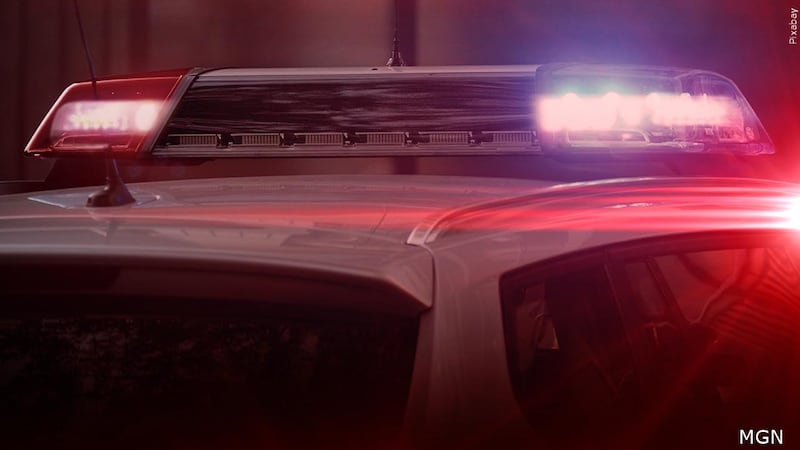Omaha student’s research project highlights spinal cord injuries, disabilities through art
OMAHA, Neb. (WOWT) - It’s not every day you have the opportunity to get your body painted for the sake of research and art.
“I called up my friend Racheal and said, ‘hey, I have this great idea to do some body paint and photographs, do you want to be involved?’” says Amiey Elsasser, a University of Nebraska-Omaha student majoring in medical humanities and minoring in studio art.
For her final project before graduation, Elsasser is combining her two fields of study through body paint.
But not on just anyone.
“I was thinking that this was the best day when I got the call from her, it felt so serendipitous,” says Rachael Johnson, Elsasser’s first model.
“I had a rollover car accident in 2013 and after that, I went through a whole year of rehab,” Johnson, who is now quadriplegic, says.
The art research project serves several purposes, one being inclusivity.
“I want to shed more light on people with disabilities in the art form,” Elsasser says.
“I’d seen body painting but I hadn’t seen people with such a visible disability being represented through an art medium like this or really in any type of media really,” Johnson adds.
The project visualizes the sensation and pain that those with spinal cord injuries can and can’t feel.
“All the paint is chosen by them, the sensations they want to express thought the paint is chosen by them so I’m really just kind of helping narrate and paint the story versus like telling the story for them, it’s all their story, I’m just documenting it,” Elsasser says.
It also shows that each spinal cord injury is different.
“A spinal cord injury is like a fingerprint,” says Nancy Berg, who became paraplegic after a car crash when she was 16 years old. “Two people could break the same section of their spinal cord but they could have different sensations and different mobility,” she says.
Both Berg and Johnson had their bodies painted by Elsasser, and they hope it brings a new sense of understanding to those who are on the outside looking in.
“Silently, people might see like, yes I’m paralyzed and just assume I can’t move my legs, and this and that, but, they don’t tend to know that I’m not paraplegic, I’m quadriplegic, I broke my neck and due to the level I was injured, I don’t have hand movement, and a lot of the sensations even in my upper body, my arms, my fingers and palms of my hands, everything’s changed,” Johnson says.
“I have nerve pain that so strange that somethmes it feels like electricity in certain parts of my body, well constantly in my legs it feels like electricity, in parts of my arms it feels like frostbite sometimes and that just varies and changes, and I would love for people to have a greater understanding of paralysis is not just that, it’s so much more,” she adds.
After part of the project and seeing the results, Johnson and Berg both say they learned something new about themselves.
“I had an idea in my head as to what I can feel and couldn’t feel, but through her mapping out my body, I could feel more than I thought I could,” Berg says. “I just thought it was really cool to visually see my body painted instead of just thinking in my head what I can and can’t feel, to actually see it on my body was pretty amazing.”
“We painted a zone on my arms chest and shoulders pink to represent what I love, what I appreciate, and that’s the area I can still feel, I have normal sensation,” Johnson says. “To physically see that that section of pink was actually so small in the photos, I thought it was bigger, I thought I could feel more, but that actually was so encouraging, and it just made me grateful to see that I actually thought I had more feeling than I do because I’m just so in tune with my body now, I’m so in touch with what I can feel and I’m not focused on what I can’t.”
Elsasser hopes the audience will learn something new, too, just as she did.
“It’s been very eye-opening for me to see the other side of things and just to be able to listen to it has been such a gift, and to be able to help them tell their story in the background, cause it’s photographs of them, it’s not me,” she says.
Anyone interested in this project, or any of Elsasser’s future projects, can contact her at amieyelsasser@unomaha.edu.
More photos from the project and future publications can be found on Instagram at @arts_based_research.
Copyright 2022 WOWT. All rights reserved.









